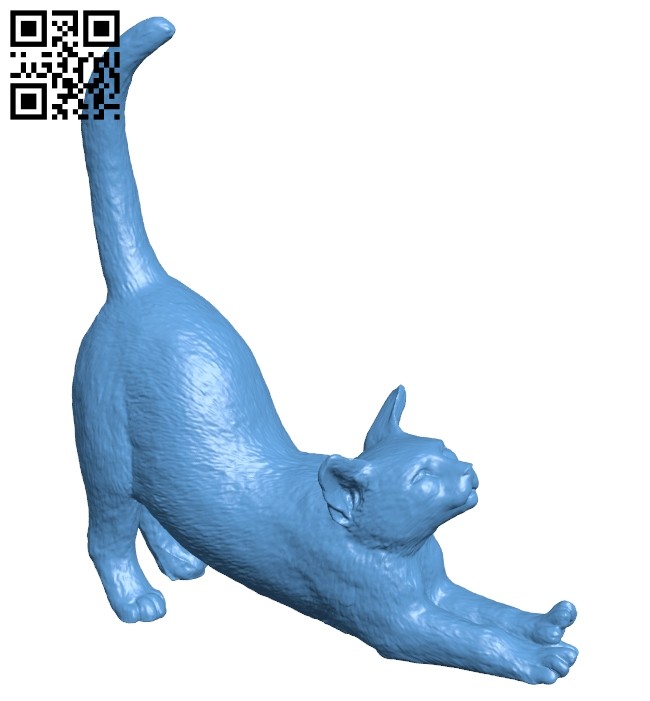

It was invented in 1987 by Chuck Hull, the inventor of 3D printing. The STL (Standard Tessellation Language) file format is the pioneer 3D printing file format. So what exactly is the reason for their ubiquity? What these file formats are, what makes them stand out, and how they differ from each other and other 3D printing file formats are as follows. However, the most ubiquitous are STL, OBJ, AMF, and 3MF.

There are several 3D printing file formats in use today. These have to be first converted to a 3D printing file format. These file formats are known as 3D printing file formats.Īlso, slicing software does not work with regular 3D file formats such as STEP, IPT, and SLDPRT. In regular 3D CAD file formats, this data is not always contained or encoded for 3D printing, hence, the need for file formats that are exclusively for 3D printing. There are specific kinds of information such as geometry, texture, colour, and material that are needed to enable the process. Therefore, the file format is very important. It is with this information that the necessary machine code is generated. Recall that the file format determines the information the file carries. The information contained in the CAD file is very important for successful printing. Some printers come with their own slicing software so you can send the model directly in the 3D printing file format. After this, the G-Code file is sent to the printer.

The slicing software then scans the layers and uses the information to generate the G-Code – set of instructions on how the 3D printer should move to produce the required object. After a model has been created and saved in a 3D printing file format, the model has to be sent to a software to be sliced, a process in which a solid model is divided into numerous thin horizontal layers. File Formats and 3D PrintingģD printers build parts layer by layer. Depending on the file format of a CAD file, the file can contain geometry, material, texture, size, or colour data of a model. The data these bits carry, as well as the way they are encoded determine the nature and format of the file. All files, whether text, music, picture, or 3D models are made up of millions of bits.


 0 kommentar(er)
0 kommentar(er)
